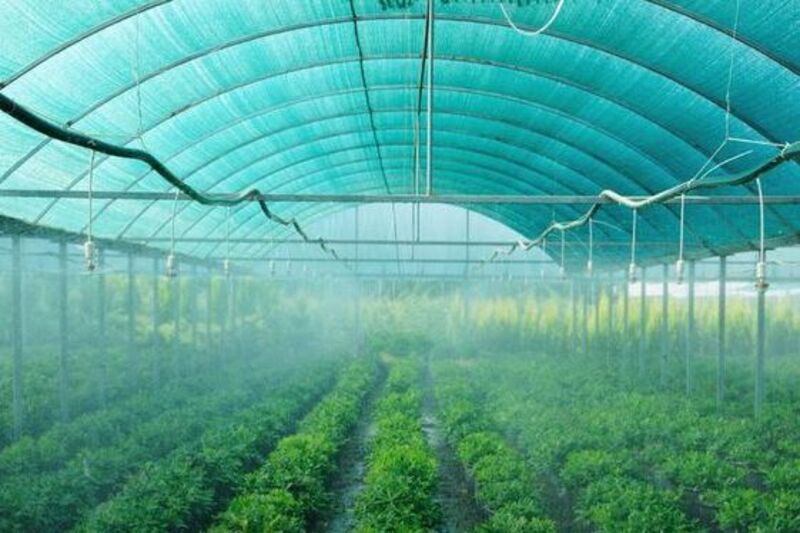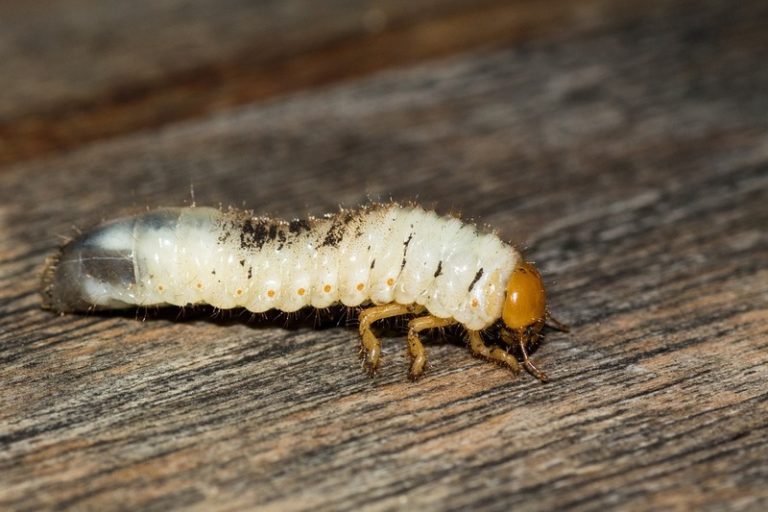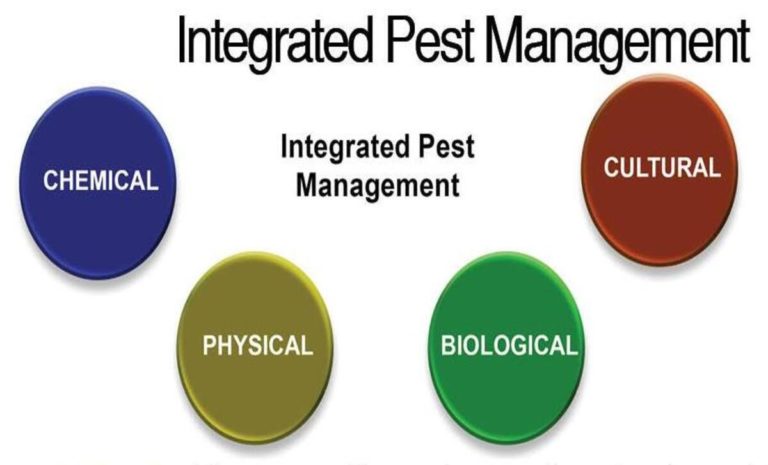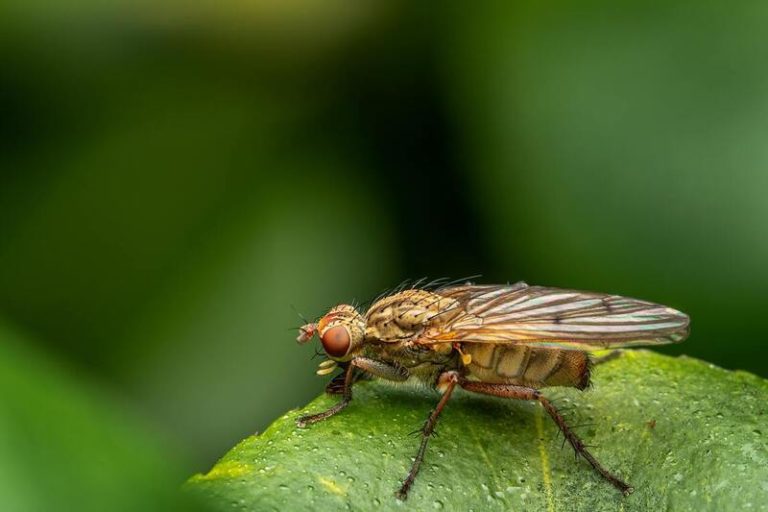Agricultural Insect Netting: Choosing the Right Solution for Your Farming Needs
Agricultural insect netting is an essential tool for farmers looking to protect their crops from harmful insects and pests. In this article, we’ll talk about the benefits of insect netting for agriculture, the different kinds of netting that are available, and how to choose the right kind of netting for your growing conditions.
The Benefits of Agricultural Insect Netting
Agricultural insect netting, which is also called field netting or agricultural mesh, is useful for farmers and growers in many ways. Here are a few of the most important advantages:
- Pest control: Agricultural insect netting is a good barrier against harmful insects and pests. This means you can use fewer chemical pesticides, and your crops will be healthier overall.
- Disease Prevention: In addition to insect pests, agricultural netting can assist prevent the spread of plant diseases transmitted by insects. Netting can help improve crop health and yield by inhibiting disease-transmitting organisms like viruses and bacteria.
- Improved Crop Quality: Better food can be grown if you keep insects and diseases away from the plants. When fruits, veggies, and other crops are grown under bug nets, they often have fewer flaws, scars, and deformities. This makes them more appealing to buyers and raises their prices at the market.
- Extended Growing Seasons: For crops, insect netting creates a controlled environment that keeps them safe from bad weather like snow, strong winds, and heavy rain. Netting can lengthen the growing season by making a microclimate that is good for plant growth. This means that farms can grow crops earlier in the spring or later in the fall.
- Reduced Chemical Inputs: Agricultural netting keeps pests and diseases away, so farmers don’t have to use a lot of chemical herbicides and fungicides. This saves money on input costs and lessens the damage that using farming chemicals does to the environment, like polluting the land and water and hurting organisms that aren’t meant to be killed.
- Water Conservation: Some kinds of farming nets can help save water by stopping water from evaporating from the soil’s surface and from leaving through plants. By keeping the earth at the right amount of wetness, netting can help crops use water more efficiently and handle drought better, especially in dry or semi-dry areas.
- Protection from UV Radiation: A few varieties of agricultural netting are made to block the sun’s damaging ultraviolet (UV) rays. This protection can lower the danger of illnesses brought on by prolonged UV exposure, such as sunscald in fruits and vegetables, and help avoid sunburn damage to crops that are sensitive to it.
- Pollination Management: By limiting the movement of pollinators like bees and butterflies, insect netting may also be used to restrict the pollination of crops. Farmers may maximize pollination efficiency and guarantee improved fruit set and production in their crops by limiting or granting access to pollinators on a selective basis.
Overall, using farming bug netting to control pests and diseases is a long-lasting and eco-friendly option that helps farmers get higher yields, better food quality, and higher profits.
Types of Agricultural Insect Netting
- Fine Mesh Netting: Fine mesh netting is designed to keep out small insects and pests and is often used to protect crops such as strawberries, grapes, and tomatoes.
- Coarse Mesh Netting: Coarse mesh netting is designed to keep out larger insects and pests and is often used to protect crops such as cabbages, cauliflowers, and broccoli.
- UV-Stabilized Netting: UV-stabilized netting is designed to provide long-lasting protection against insects and pests, and is often used in outdoor growing conditions where it is exposed to direct sunlight.
- Reusable Netting: Reusable netting is made to be used for more than one growing season. It is a cheap way for farmers to protect their crops over time.

Choosing the Right Agricultural Insect Netting When choosing agricultural insect netting, it is important to consider the following factors:
- Crop Type: Different crops have different pest and insect control requirements, so it is important to choose a netting that is specifically designed for your crop type.
- Climate Conditions: The climate conditions in your growing area will affect the type of netting that you need, so it is important to consider the temperature, humidity, and rainfall in your area when choosing netting.
- Control requirements for pests and insects: Because different pests and insects have different control requirements, it is critical to select netting that is specifically designed to control the pests and insects that you are dealing with.
- Budget: Agricultural insect netting is available at a range of price points, so it is important to consider your budget when choosing one.
Conclusion :
Agricultural insect netting is an essential tool for farmers looking to protect their crops from harmful insects and pests. Whether used to improve soil health, increase crop yields, or reduce the need for chemical pesticides, agricultural insect netting can provide many benefits for agriculture.
By choosing the right type of netting for your specific growing conditions, farmers can help to ensure the success and productivity of their crops.
Also Read :-
Shade Nets for Agriculture : Improving Crop Growth and Protection






